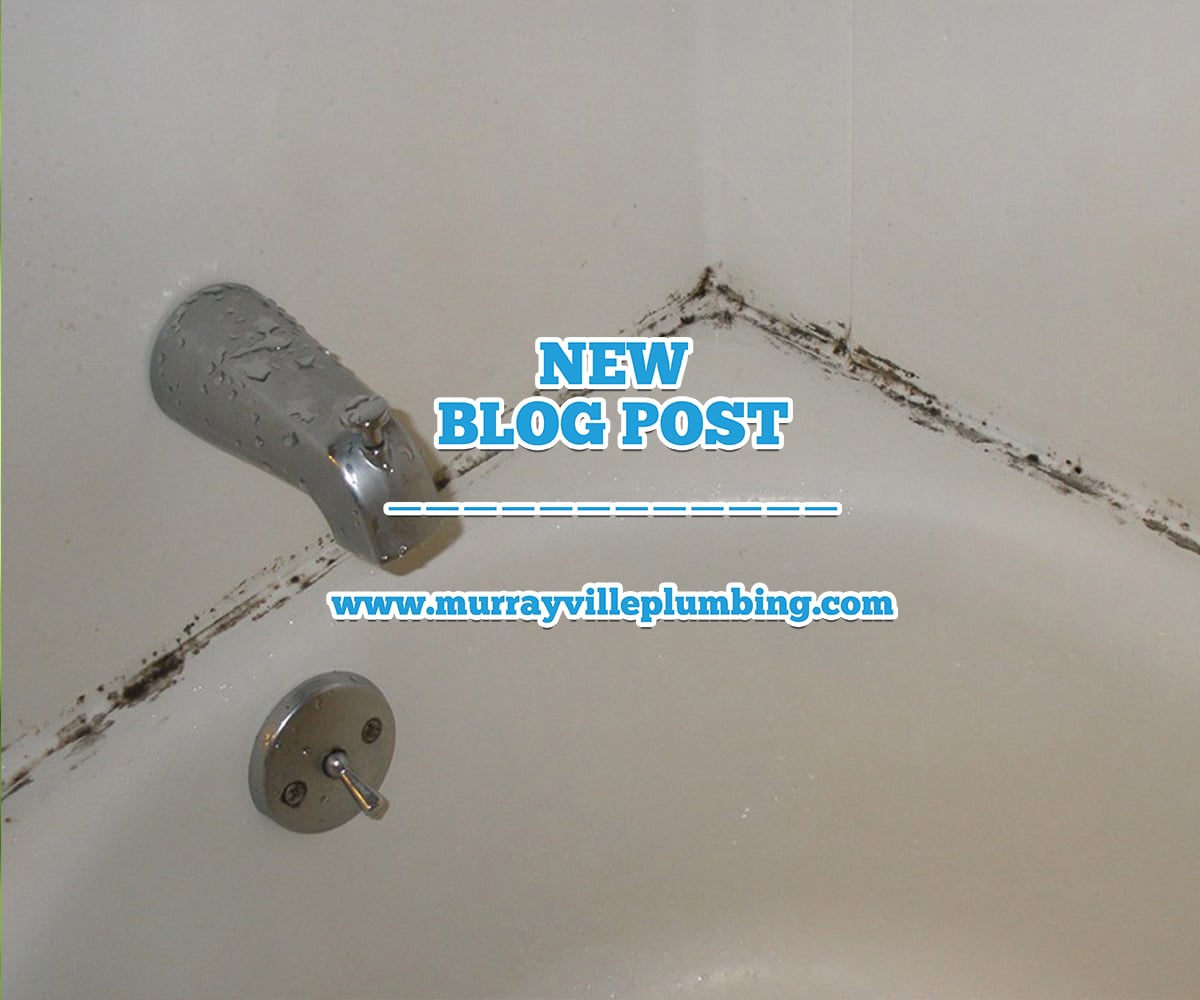Keeping Mold Out Of Your Bathroom
One of the most common questions we get is keeping mold out of your bathroom. Mold has been around for millions of years. Just because it’s been here as long as we have doesn’t make it any less gross, though. According to the Center for Disease Control, mold can cause a bevvy of health problems for people with sensitivities, including throat and eye irritation, coughing, wheezing, and even lung infections.
Long story short: nobody wants to be around mold. Keeping it out of your home should be a priority for anyone wanting to maintain health and wellness. But how? First, by focusing your preventative efforts on the place it’s most likely to develop: the bathroom. Second, by checking out the list of tips to help prevent bathroom mold growth that we’ve listed below.
Make sure the ventilation is up to par.
Proper ventilation in a small room that handles a lot of moisture is a necessity. Long story short: you need a fan. What a bathroom fan does is prevent mold growth by removing moisture from the air. It then takes that moisture and sends it through your ventilation system and outside where it can dissipate.
If you already have a bathroom fan, but you suspect it’s not working properly, there’s an easy way to check. Calculating the right strength of fan for your bathroom is as simple as a basic math equation. Measure the square footage of the room. Multiply that number by 1.1 if your ceiling is eight feet tall or 1.5 if it’s nine feet tall. That number will be the required CFM (cubic feet per minute) you’ll need for an effective bathroom fan.
Don’t let leaks linger.
Repair plumbing leaks in your bathroom as soon as you notice them. This one is a no brainer. Mold grows where water is left to linger. Leaks drip, leaving standing water pools. Vigilant leak repair will go a long way toward preventing the spread of mold growth in your bathroom.
Use your fan and squeegee.
The moisture control elements in your bathroom won’t work if you don’t use them. If you have a fan, you want to turn it on for a short while before you get into the shower. Once you’re done, let it run for at least half an hour afterward so it can do its job. It’s far less effective if you don’t turn the fan on until after you’ve showered, so do your best to avoid that.
We also recommend purchasing and using a squeegee. Squeegeeing the walls inside your shower or bath after use will take moisture from areas where it’s commonly left to linger. When you’re not using the squeegee, you can easily store it on a hook inside your shower. Not only will it give you easy access, but it’ll also help you avoid mold growth.
Regularly wash bathroom linens.
Mold loves linens because not only do they absorb moisture, they also provide dark breeding grounds when folded up. Wash and completely dry your bathroom linens weekly. This includes rugs, towels, and robes.
When you’re done using your towel after a shower or bath, don’t leave it wadded up on the ground either. Instead, hang it on the shower bar so there aren’t any shady places for mold growth to hide.
Keep the grout fresh.
Grout lines are a buffet for mold-growing bacteria. They’re also a really easy place to ignore when cleaning. Not only do they need to be cleaned, but grout lines also need to be resealed at least once per year. This helps them retain their waterproofing ability and prevent the spread of mold in your bathroom.

